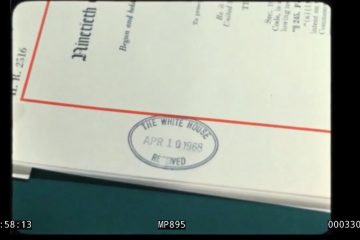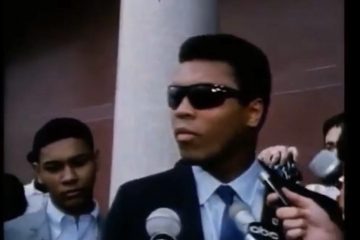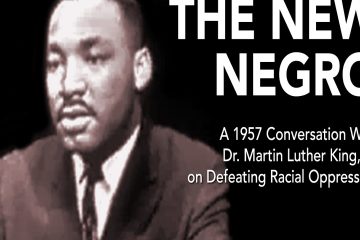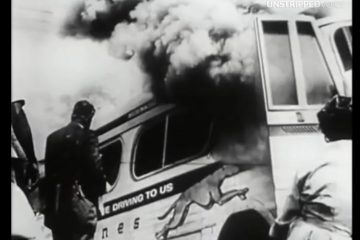How Civil Disobedience Helps Overcome Oppression: Part 2
“The Photo that started it all”
On the early morning of Aug 28, 1955 in Money, Mississippi, Mose Wright was awakened by 2 white men who wanted to speak to his 14-yr old nephew, Emmett “Bobo” Till, who visited from Chicago. That was the last night he was alive.
On Sept 8, 1955, Jet Magazine published the photo of Till in his casket. On Sept 19 – 23, 1955, Emmett Till’s murder trial in Mississippi was held. Mose Wright then pointed out Till’s killers, which was one of the first times a Black man accused White men of murder in the South — and lived.
The 2 men were found not guilty. However, a few months later on Jan 24, 1956, Look magazine paid $4,000 for Till’s killers to release their confession — explaining the REAL reason why they killed Till. Contrary to popular belief, it wasn’t because of the “whistle”.
In all, the 1955 photo of Till had the same effect on a generation of Black people that the 2020 video of George Floyd had — it signaled that “enough was enough” and that it was time for REAL change, no matter what…
View Part 3 here.
View Part 1 here.
**About this series:
We’re showing a multi-part series on how CIVIL DISOBEDIENCE has been the main catalyst that has overcome oppression in the U.S.
Throughout history, most of the major “civil disturbances” in America have stemmed from Black people peacefully fighting for equal rights, only for their oppressor to resist change (and power). This causes a disturbance that forces the oppressors to finally enforce laws to move the country forward.
We’re showing this because we still have some MAJOR work do. Yes, slavery and segregation are legally over, but there’s still Police Brutality and the root cause of all oppression — the “keep-away of monetary wealth” — to overcome. Reparations are the main solution to this.
However, there’s been major resistance to addressing police brutality and solving the wealth gap issue. Major legislation doesn’t get passed and enforced without PRESSURE from the oppressed.
History has shown this time-and-time again.
Many of the clips in this series are originally from 1986’s “Eyes on the Prize”, which highlights the Civil Rights Movement of the 1950s and 60s. This movement allowed us to eat at lunch counters, mingle together, and more without any laws being broken. The movement became effective solely because of non-violent civil disobedience!
It’s easy to see this now, but America has been segregated much longer than integrated. There’s still much work that needs to be done if we’re going to have true “equity” in our land.
Just look at what happened during the George Floyd uprisings of 2020. Sure, riots were there, but the majority of the Black Lives Matter protests were peaceful. As a result, new laws were introduced, and the way America “viewed” Black people started to change.
In all, Civil disobedience has been the catalyst for real change, and this video series reminds us how effective it can be.
View Part 3 here.
View Part 1 here.













